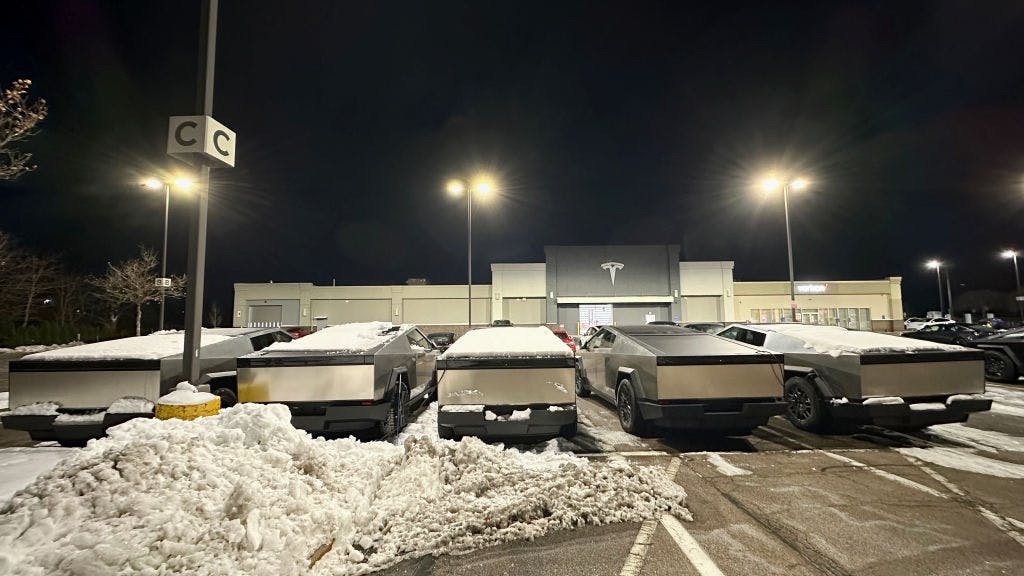Those consensus estimates for Tesla sales are based on a whole lot of out-of-date information
You should take analysts’ consensus estimates for Q1 deliveries with a grain of salt.
When Tesla reports its first-quarter delivery estimates later this morning, how much that beats or misses analyst consensus estimates will likely play a part in what happens to the stock. But those estimates themselves should be taken with a grain of salt — many of the numbers that make up the consensus are stale.
FactSet shows a consensus estimate for first-quarter Tesla deliveries — based on the average guess of 13 analysts — of 408,000, which would imply Tesla deliveries will rise 5% compared to the 387,000 Tesla delivered last year. Bloomberg, which cites 18 analysts, has that number at 390,000, or up about a percentage point year on year. Tesla itself has compiled a list of 27 analyst estimates, which pegs the consensus number at 378,000, or a 2% decrease.
What should you, a normal person, make of all this? First off, pay some mind to how the sausage is made. Even the best analysts can’t actually predict the future. Assuming they’re doing everything in their power to make an educated guess — calling sources, looking at leading indicators, modeling in macro considerations — their estimates were always made at a given point in time. What’s included in consensus estimates might no longer be up to date when real numbers come out.
Importantly, many of the estimates listed on FactSet and Bloomberg are from January and early February, when analysts knew about the Model Y refresh but didn’t yet have reports on how dismal January, February, and now March sales were around the world. Nor did they know the extent to which CEO Elon Musk’s work at the Department of Government Efficiency would tank public opinion of his company.
And even when analysts have updated their estimates to reflect this new information, sometimes it doesn’t end up on FactSet and Bloomberg. That appears to be the case here.
A quick look at both Bloomberg and FactSet shows an estimate from Wedbush analyst Dan Ives from the end of January. Last week, Ives put out a new, lower estimate of 355,000 to 360,000 deliveries, which hasn’t shown up in the consensus yet. A lower GLJ estimate of 353,000 hasn’t materialized yet on FactSet, nor has Piper Sandler’s new, lower estimate shown up on Bloomberg.
On FactSet, analysts can update their estimates either through a manual or an automatic process. On Bloomberg, the research firms are responsible for doing so through the Terminal. Obviously that doesn’t always happen.
What’s perhaps more helpful is looking at how those consensus estimates directionally change over time. This year, the mean estimate on FactSet has fallen from about 450,000 to a still likely high 408,000. Investors can also choose to consider only the newest estimates.
That doesn’t mean consensus estimates are unimportant.
“At the end of the day, the market will tend to react to what the consensus number is, even if that number includes older data that might not be as relevant or updated anymore,” Seth Goldstein, a strategist at Morningstar, which releases annual Tesla estimates rather than quarterly, told Sherwood News. (Morningstar has recently switched its full-year Tesla delivery estimates from growth to a decline.)
How ultimately useful, then, is a consensus estimate to an investor?
“It depends on your time horizon. If you’re a very short-term investor, you might be looking to see, is the market gonna go up or down based on deliveries?” Goldstein said. “But for very long-term investors, I don’t think it matters as much. I think what’s more important is hearing from management on the earnings calls.”
